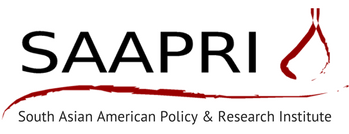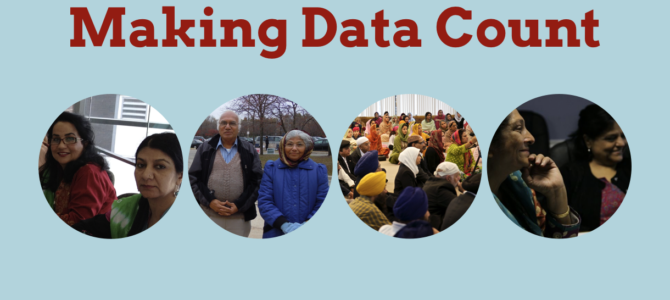As part of a joint effort to understand and more effectively address the growing South Asian American population in Illinois South Asian American Policy and Research Institute (SAAPRI) and Asian Americans Advancing Justice-Chicago (Advancing Justice-Chicago) released a demographic report titled, “South Asian Americans in Illinois: Making Data Count”. The report captures some of the challenges faced by the community including the growing issue of limited English proficiency and lower than average rates of per capita income. With about two-thirds of the community being United States citizens, the community is increasingly interested in having a voice on issues of concern, ranging from immigration to health care. The large number of South Asian American eligible voters in Illinois indicates the potential for political empowerment, but it also indicates the need for civic engagement.
There are currently more than 242,000 South Asian Americans in Illinois, a 55% surge from 2000 to 2010, with much of that extensive growth coming from the suburban six-county area. Indian Americans are the state’s largest Asian American ethnic group and other South Asian Americans include people of Pakistani, Bangladeshi, Sri Lankan, and Nepali descent. As detailed in the report, there are many disadvantaged segments among South Asian Americans who could benefit from policy reform and advocacy efforts, in collaboration with other immigrants and communities of color. For example, in Illinois, South Asian Americans have a lower per capita income ($26,567) than the overall population ($28,782). About 85% speak a language other than English at home and about one in four South Asian Americans speak English less than very well, serving as a barrier to accessing social services, courts, hospitals, and polls. Furthermore, South Asian American females are about twice as likely as males to have less than a high school education. With Indian Americans being the second largest immigrant group in the Midwest, second only to Mexican Americans, the complexity of the South Asian American community should be considered during discussions of immigration reform and integration.
We celebrate the successes and contributions of South Asian Americans in Illinois while acknowledging the ongoing barriers that our community faces. This report empowers us with facts and data, so that we can address the unmet needs of vulnerable members of our community
Ami Gandhi, Executive Director of SAAPRI
In summary, the report reveals the critical issues confronting South Asian Americans and provides insights to a variety of audiences – community-based organizations, policymakers, government officials, media outlets, and the public at large. Building upon SAAPRI’s groundbreaking 2005 demographic report, this new report presents a demographic profile of South Asian Americans in Illinois, utilizing data from the 2010 Census as well as other recent research.


